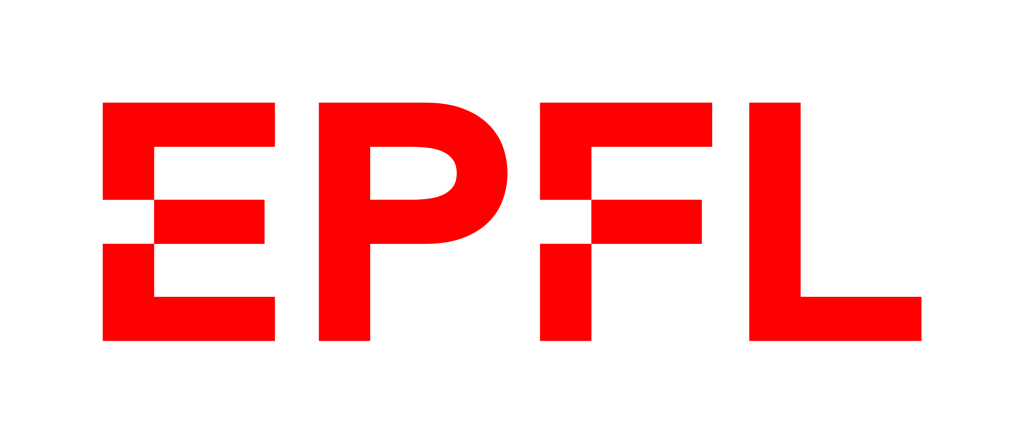FLAG: FLAsh proton irradiation against dipGs
Short Summary
We want to develop a new treatment for Diffuse Intrinsic Pointing Glioma (DIPG), a paediatric brain tumour with very low survival and large treatment-related side effects. We will study ultra-fast proton therapy treatments (so-called FLASH-PT) on a preclinical paediatric mouse model, using a treatment schedule corresponding to human treatments, to pave the way on a future clinical trial on children treated with proton therapy. FLASH-PT has the potential to significantly increase cure in these patients, while minimizing radiation-related side-effects.
Goals
In this project, we want to study the FLASH effect in a preclinical paediatric mouse model of DIPG, using an irradiation setting very similar to the standard radiotherapy course for human DIPG (treatment fractionated over 3 weeks). We will irradiate juvenile mice (3 weeks old) with DIPG tumours (implanted), with both conventional (= low beam current) and FLASH (= high beam current). We will observe the tumour regression (or eventual progression) as well as measure their cognitive performance. To disentangle the impact of the tumour on the cognitive performance, we will also perform a control irradiation with the same condition in healthy juvenile mice. Our aim is to show that the FLASH effect enhances the therapeutic outcome in DIPG, by reducing side effects related to radiotherapy delivered to a developing brain, and provide the preclinical data needed for a future FLASH proton therapy pilot trial in DIPG patients at the Centre for Proton Therapy.
Significance
Given the necessity of salvage therapy for children affected by DIPG, a pilot trial in human patients could potentially start shortly after the animal preclinical studies are complete. If the hypothesized FLASH effect is confirmed, we expect a significant benefit for this patient population.
Background
FLASH irradiations are very fast irradiations at very high beam currents, resulting in doses of tens of Grays delivered in hundreds of milliseconds. In these conditions, experiments in different animal models show that healthy tissues are spared for at least the same effect in tumours. The so-called ‘FLASH effect’ could substantially improve current clinical care, particularly for very aggressive tumours. One such case is Diffuse Intrinsic Pontine Glioma (DIPG), a paediatric brain tumour with a very low survival (2-year survival rate below 10%). DIPGs occur at a median age of 6-7 years and correspond to 10-20% of all childhood brain tumours. For these young patients radiotherapy is the standard of care, but outcome is limited by tumour location, invasiveness and aggressiveness. Early and long-term side effects occurring in these patients (memory alteration, intellectual decline, etc.) are limiting factors for the radiotherapy treatment.






